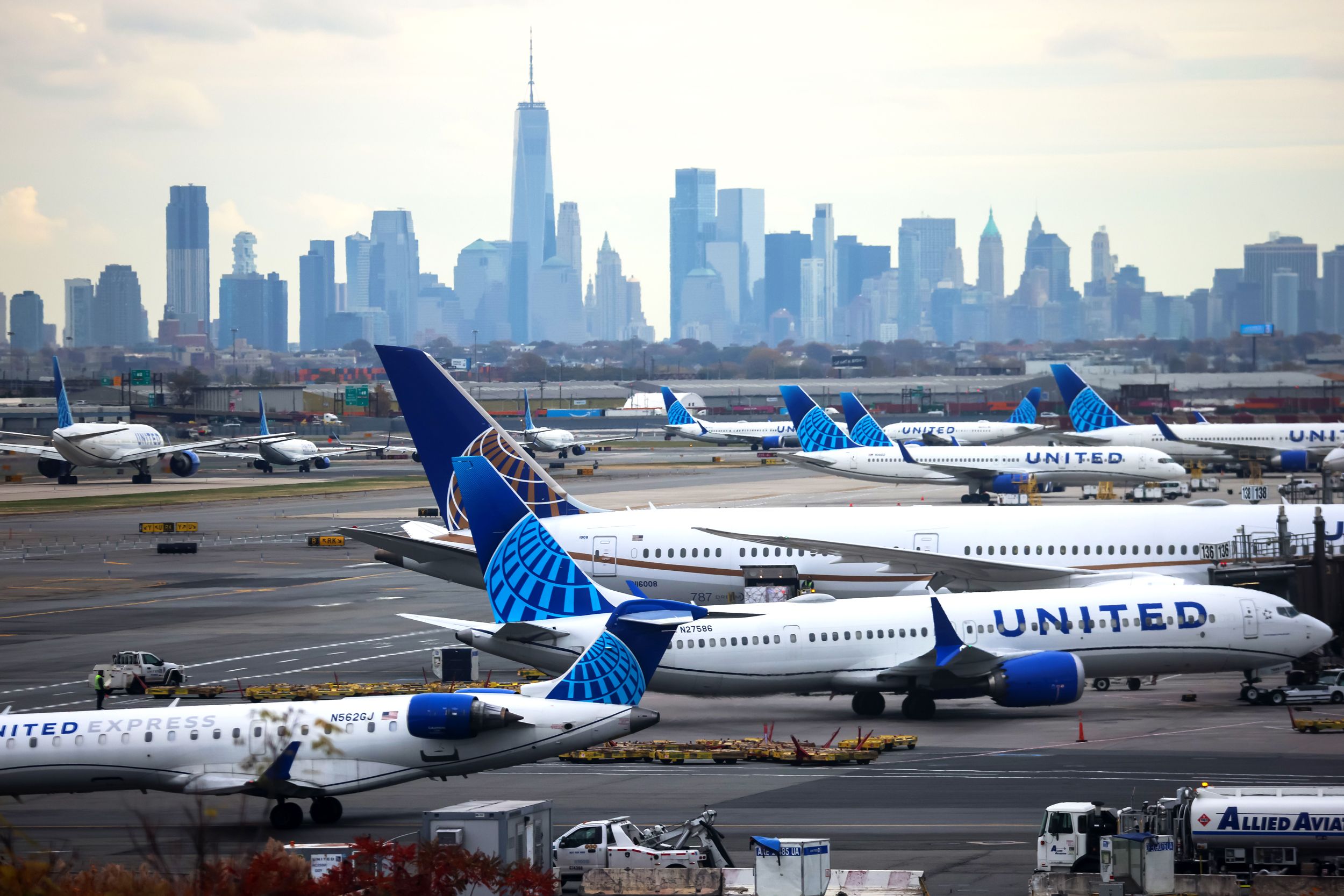The US Federal Aviation Administration plans to cut 10 percent of flights in 40 high-traffic airports on Friday morning if Congress fails to reopen the federal government by then, Transportation secretary Sean Duffy and FAA chief Bryan Bedford said Wednesday.
The announcement came days after the US agency said it faced widespread shortages of air traffic controllers in half of the country’s 30 busiest airports and hours-long security lines caused by absences of Transportation Security Administration agents. Federal workers have now gone 35 days without a paycheck amid the longest government shutdown in US history.
Which flights might be canceled, and where, “is data-based,” Duffy said Wednesday. “This is based on, where is the pressure and how do we alleviate the pressure?”
When passengers fly, “they are going to make it to their destinations safely, because we’ve done our work,” Duffy said.
The FAA did not immediately respond to WIRED’s questions, and it’s unclear whether the flight cut will affect only commercial airlines or cargo and private flights as well. A 10 percent reduction in scheduled commercial flights at 40 airports could lead to some 4,000 to 5,000 canceled flights per day.
For airlines and travelers, a sudden cut in flights will likely lead to some serious logistical headaches. Duffy earlier this week warned of air travel “mass chaos” should the shutdown drag on.
But airlines have some experience responding to sudden flight reductions due to staffing issues, says Michael McCormick, a former FAA official who now heads the Air Traffic Management program at Embry-Riddle Aeronautical University.
In the spring of 2023, during another period of air traffic controller shortages, the FAA allowed airlines to reduce their capacities in New York–area airports. (Such reductions usually force airlines to forfeit the right to a takeoff or landing; the FAA temporarily nixed that penalty.) In response, airline schedulers were able to quickly “up-gauge,” compensating for the reduced number of flights by replacing small aircraft with larger ones. That way, cutting flights didn’t necessarily reduce the number of passengers flying overall.
Should the FAA follow through on Friday, airlines will likely be able to pull off a similar up-gauging process, says McCormick. While flights will be canceled and passengers moved around, this could mean that plenty are still able to get to their destinations. The move might actually give airlines more time to prepare.
“Under the current state, it’s unpredictable which airports are going to be impacted tomorrow,” he says. “This restores some predictability.”
Airports most likely to be affected are those that have seen air traffic controllers shortages in the past days, which include Austin, Boston, Dallas, Denver, Houston, Nashville, Newark, Phoenix, and San Francisco.
Fliers, McCormick says, should check in with their airline and “be flexible in terms of their travel plans.”
The FAA responded to WIRED’s questions with an automated email, “due to a lapse in funding.” The email said: “As Secretary Duffy has said, there have been increased staffing shortages across the system. When that happens, the FAA slows traffic into some airports to ensure safe operations.”
The federal government has faced air traffic controller shortages for years and is some 3,000 controllers short of full staffing levels.
Jennifer Homendy, the head of the independent National Transportation Safety Board, which investigates transportation incidents, praised the FAA’s decision to curtail flights, posting on X: “Conducting safety risk assessments and then using data to mitigate that risk is exactly what @USDOT and @FAANews should be doing to proactively ensure safety for the traveling public.”




